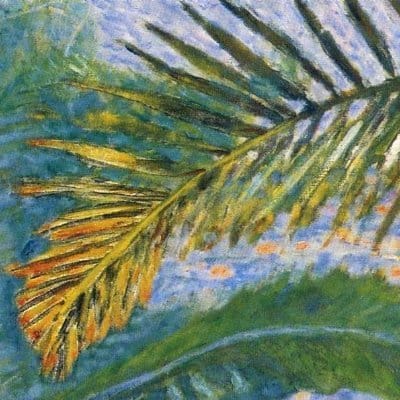Thirty Favorite Images from Dispelling Beauty Lies

Dispelling Beauty Lies was written to document the range and frequency of male tastes in feminine beauty, not to promote the author’s personal preferences. This should be obvious to clear-headed readers, because it always argues with data and logic, not opinionated assertion. Nevertheless, some offended critics insist otherwise. So I’ve produced this collection of my personal favorites to refute them in the simplest possible way.
If you enlist people to collect and share the images they truly find compelling, few will follow the assignment to the letter. Instead they'll select images that make them look good, and that impress potential mates. They'll feel an overwhelming, semi-conscious compulsion to censor anything that makes them look weird or vulgar or trashy, or that intimidates potential mates instead of impressing them.
As far as self-interest is concerned, they're not wrong. We win much more from seeming impressive than from being honest when we're not. Most people don't like the truth, don't care about the truth, and, of course, can't handle the truth either. Indirectly flattering them with our purported tastes brings social advantages. Plus, let's face it: some tastes really are unpalatably weird and gross, and while we know they exist, and may even be common, we still don't like to think about them. All this is why beauty lies are such a problem in the first place.
As the author of Dispelling Beauty Lies (which I strongly advise you to read before this irrelevant sub-page), I have more to lose than anyone in making an honest selection of my favorite images from the two-thousand or so included in the article. Those who can't handle the truth find they very much can handle hating its messengers, and love any excuse to bash me. Nor do they need an excuse. They'll call me all sorts of offensive names, whether they have the slightest basis in reality or not (I am a genuine starving artist, but for some reason they never bring this up). If I include something weird in my selection, they'll latch onto it as confirmation that logic doesn't work and 2+2 don't make 4 when I'm the one doing the adding. After all, nothing in the article is argued from my opinion, so they can only make their ad hominems work by tricking their listeners along these lines. Stupid, of course, but people are.
On the other hand, as an aesthete and analyst, I have more to gain as well. What would happen if I made a serious effort to choose my real favorites, in a completely uncensored way? How consistent would they be? When would my choices agree with my theories about feminine beauty, and when wouldn't they? When would they be majority tastes, and when minority? In the interest of answering these questions, I made my best effort to select my favorite images accurately, regardless of whatever blowback might follow. You can see them at the bottom of this page.
The result is a collection that differs from the common male taste I've described in Dispelling Beauty Lies in quite a few ways. It's high in “yin” (a minority taste), with a recurring color palette of black and white accented in small amounts of red and gold (not a beauty error, but a minority taste when taken to this extent), and a near absence of pink, which seems to have been replaced with light blue (unusual). Quiet, mysterious, sensitive, and moody gazes predominate (also a minority taste), while the “cute factor” is somewhat low. Hips are wider than the norm, but waists aren't quite as small as the norm. Butts tend to fall in the upper quartile of preferences fairly often, and the overall emphasis on curves is modestly above the average, though the body-types selected aren't perfectly consistent, and other factors clearly influence the final decision. The fairly popular top-heavy "skinny-hot" figure doesn't make a single appearance, nor is there any evidence of free "blonde points" being handed out. Faces are heart-shaped, which is a common taste, though perhaps given a little extra emphasis here. There's also one example of a rare taste: I perceive an earthy eroticism in the unshaven woman, but most people in the 21st-century would strongly disagree.
A few of my choices are weird or vulgar and don't seem to match the rest very well. But in the end, this degree of inconsistency isn't really so strange. We all have a range of tastes—rather like a mountain range, with a few peaks that stand well above the rest, but many scattered, smaller peaks too, which don't necessarily form an ordered whole. An early version of this page, where I selected nine instead of thirty, was much narrower in aesthetic scope, and doubled down on the monochromatic tendency while excluding the weird and quirky images. Those original choices remain my most favorite. But over time it occurred to me that this short list made me seem narrower and simpler than I, or anyone, really was. So I resolved to expand it until I was forced to explore beyond the central Everest and coax those smaller and more distant peaks out of the clouds and into view.
I feel that revealing this breadth is for the best. Life is large, and in its full course there's not only room, but need for some variety and contradiction. In that light we should appreciate the inconsistency of our personal topography rather than being uncomfortable with it.
It's interesting to note that my selection doesn't include any of the AI-girl images I rate highest on an artistic level. These images are well composed and create impeccably seductive moods I appreciate a great deal, and indeed, they're much better than the AI girls I did include in that respect. Nevertheless, the women depicted in them don't quite match my taste, and the everyday fashions are (intentionally) uninspiring. Artistic quality and feminine beauty, as I've explained elsewhere, are different things, and the former can even incorporate regrettable beauty errors like ribbed taupe tops to good effect. It was a little misleading to feature so many such images in Dispelling Beauty Lies, but these artistic touches make it a more pleasant reading experience than it otherwise would be.
Perhaps what I dislike will interest you as well. In fact, I find many of the images men submitted for the “beauty and hotness” section unappealing. Too many to list. Yes, I included them in the article anyway. I don't like either of the top scorers in my long series of social-media polls. I especially dislike this model, very highly rated by men. This model occurs perhaps more frequently in the article than any other, but didn't make my favorites list, and I'm a great deal less keen on this common AI-girl type and this popular model. All the models I've just complained about appear multiple times in the article, because, well, it's not about me. That said, I don't understand the somewhat widespread minority taste for boy-butts on girls at all, and while I've reported on it accurately, I may have underrepresented it visually by consequence. I suppose none of us are completely free from sin.
Altogether this selection offers good evidence that Dispelling Beauty Lies is not, as some critics argue, just an elaborate attempt to make my own personal tastes seem universal, despite the fact that my favorite models appear more frequently than they ought to. That's a quirk of the article I'm afraid you'll have to tolerate. Though hardly bizarre, mine qualify as minority tastes in several meaningful respects, and don't perfectly match my generic advice, which is intended to help the typical woman appeal to the typical man. Attentive readers will have noticed that I do advise women to cater to minority tastes when they're well positioned to exploit them. And, as you can see, I hope they take that advice seriously.
Love my writing on beauty but hate my favorite images? That shows how well I've done my duty as a researcher. Once again for those in the back, Dispelling Beauty Lies is about you, not me.
The next time my critics are keen to personally denigrate the author of their least-favorite beauty tips, I encourage them to link to this page of favorites and say their worst rather than making up perverse nonsense out of whole cloth. And as for my friendlier readers, I hope my own example will encourage you to be more honest, bold, and thoughtful, so that all of us can benefit from improving public understanding of feminine beauty.
J. Sanilac, June 2025
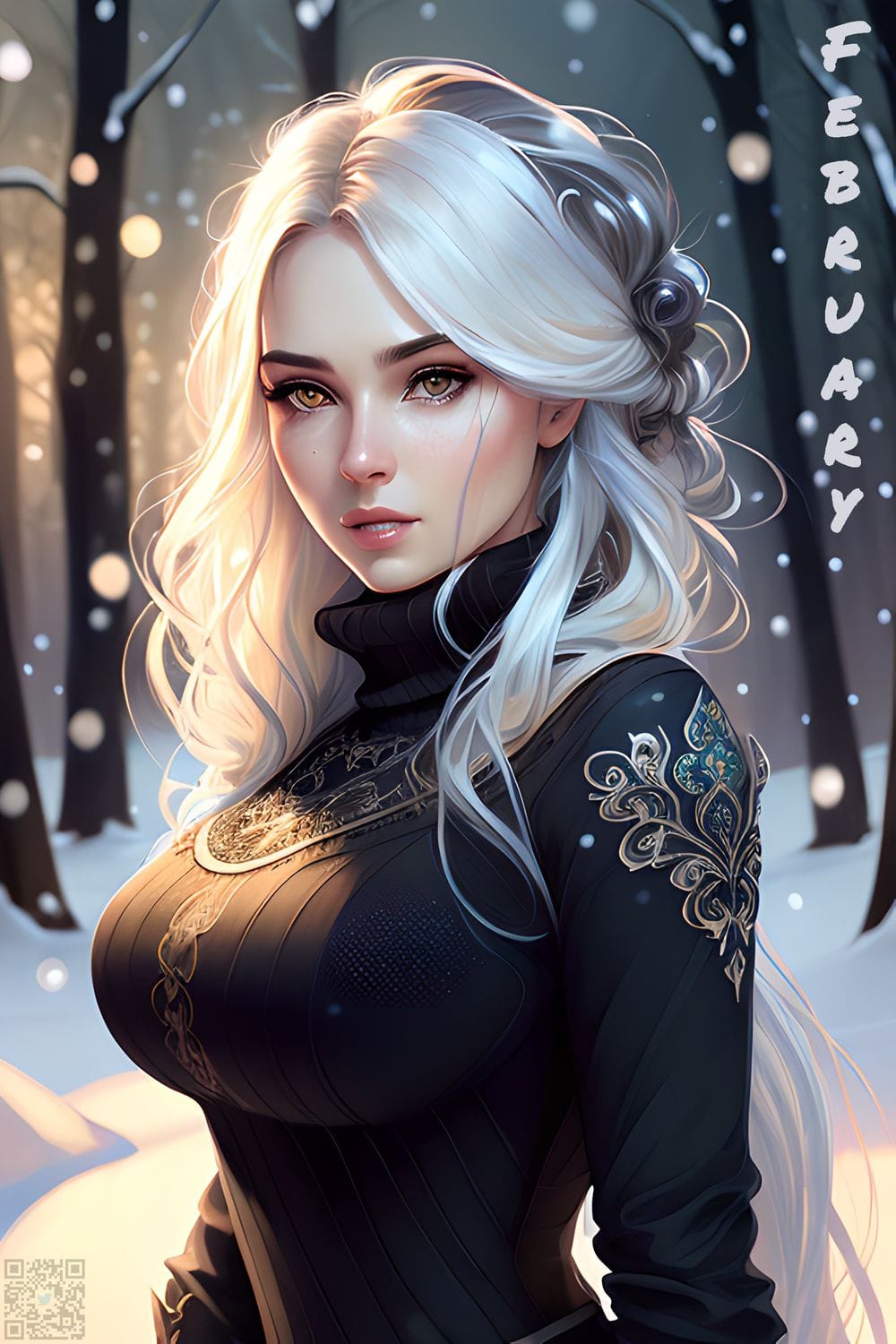
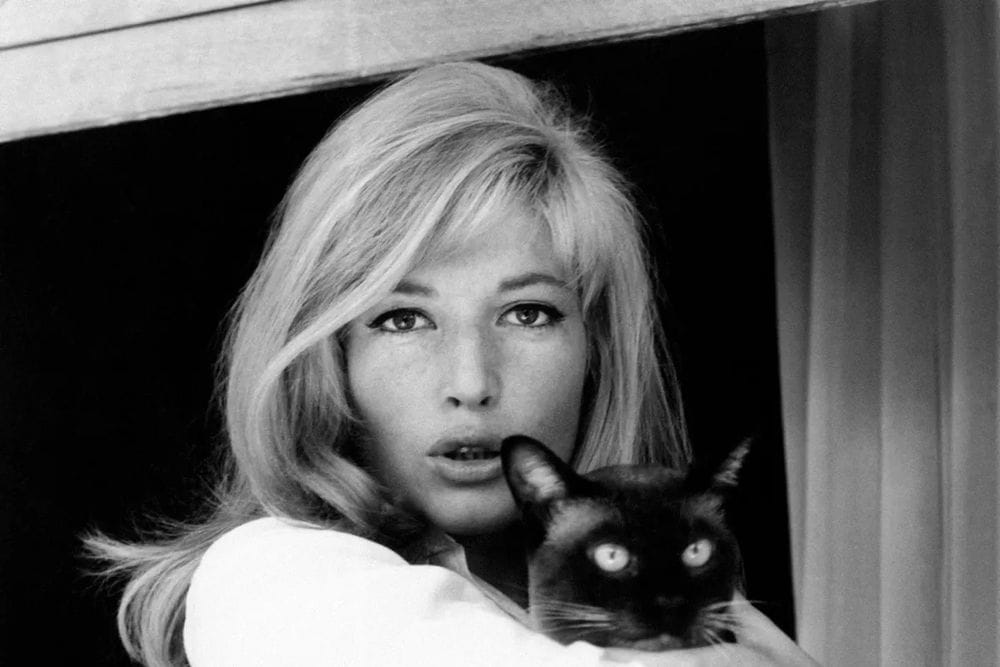
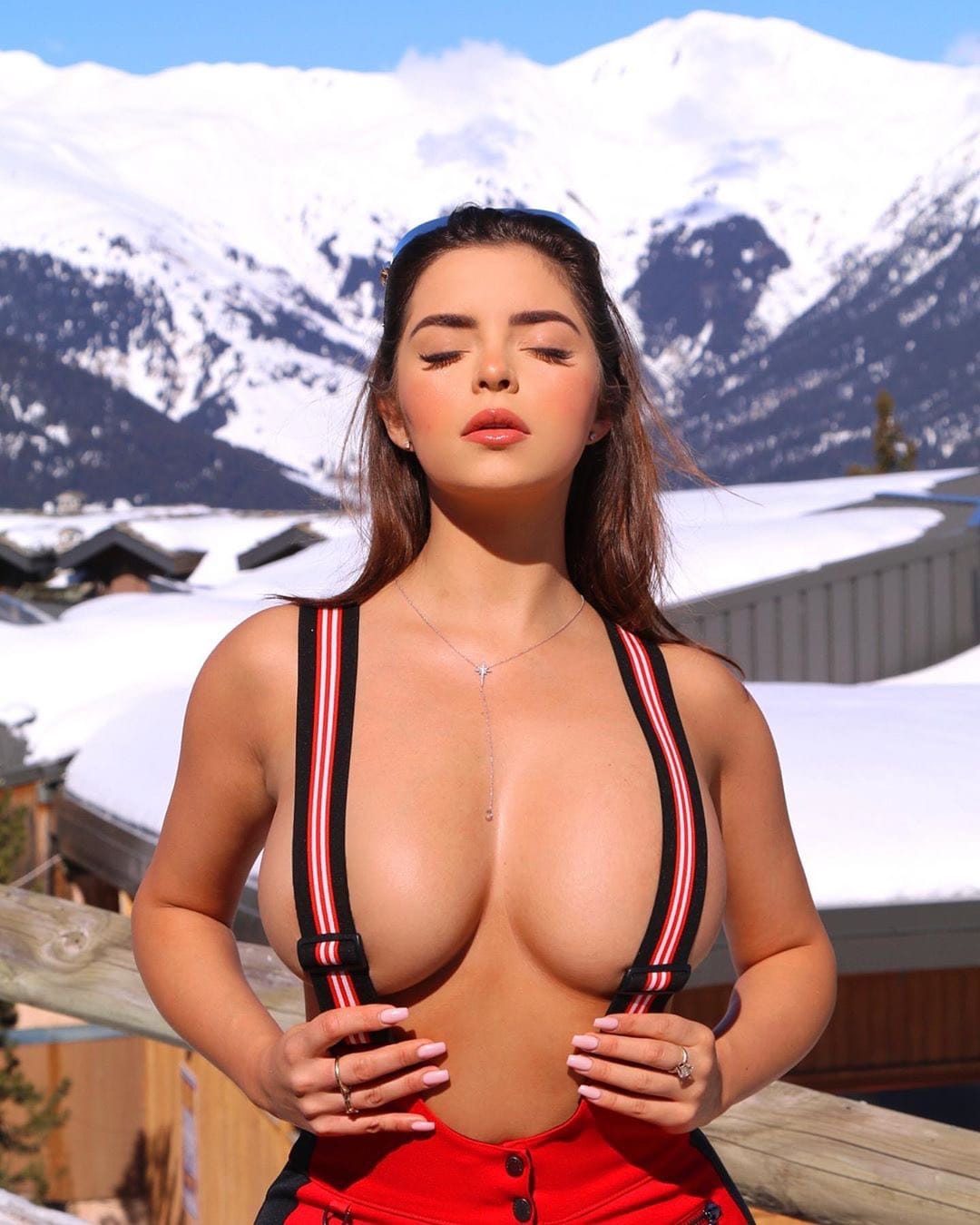
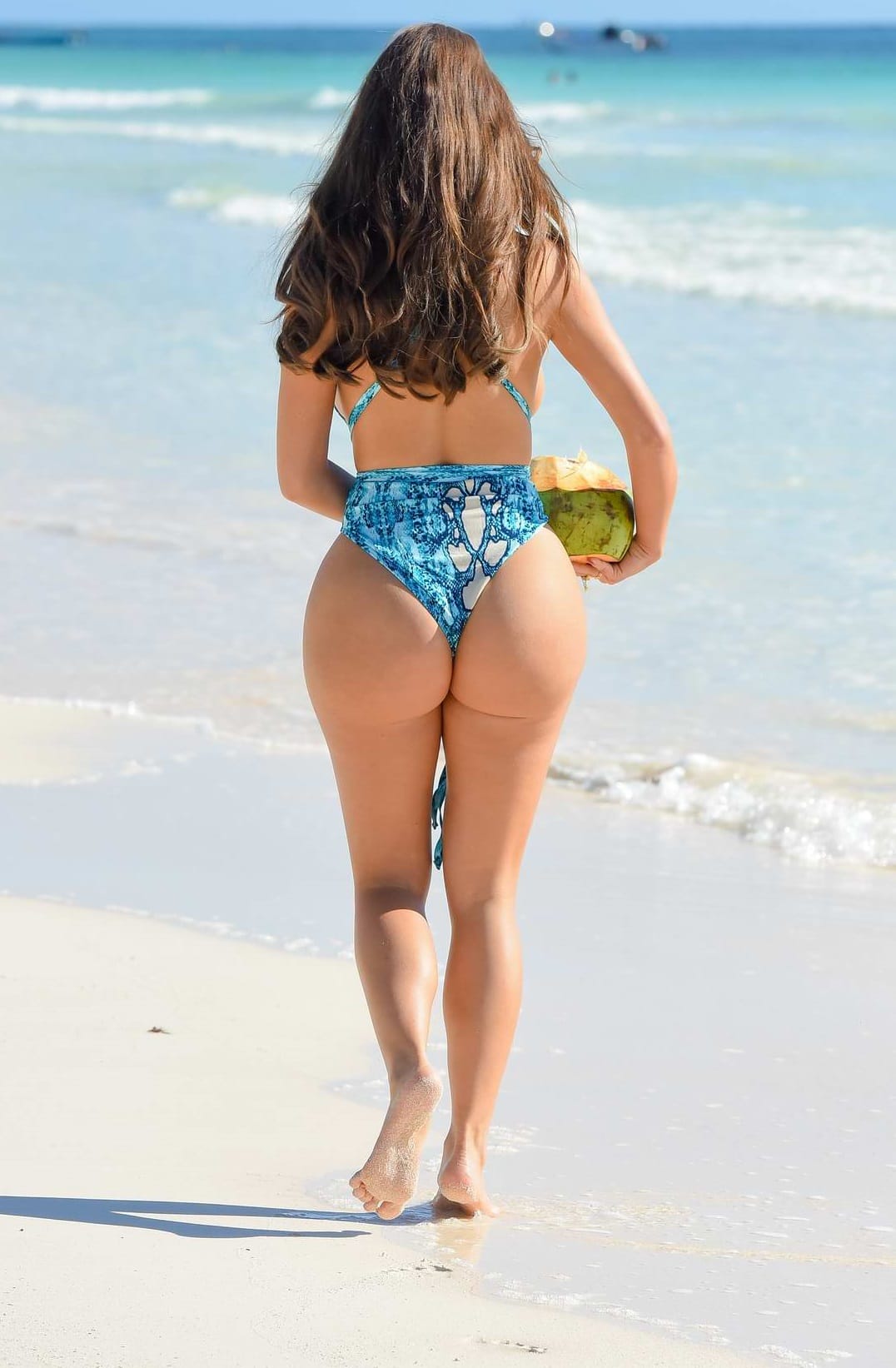
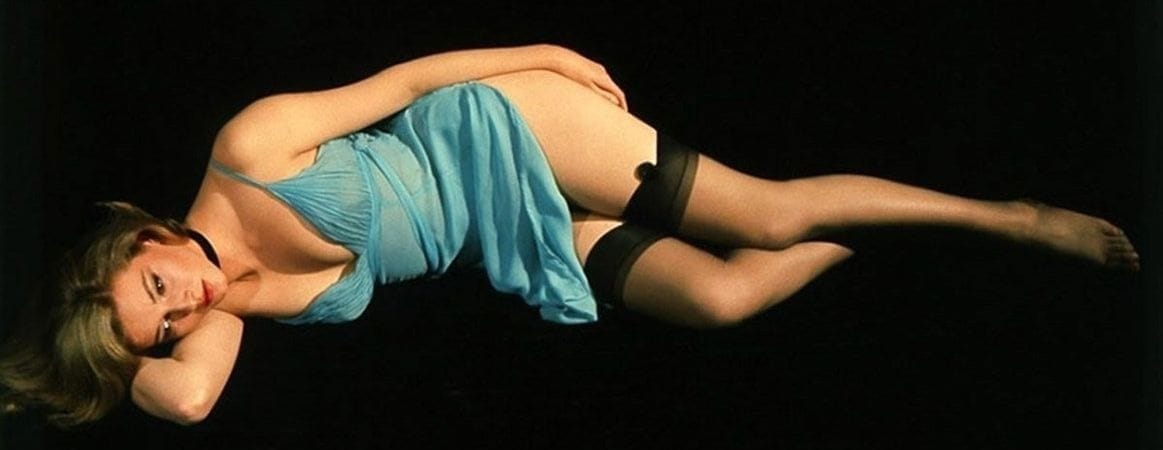
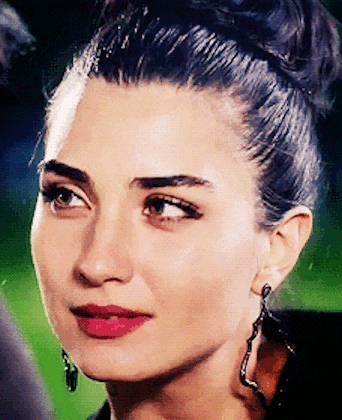


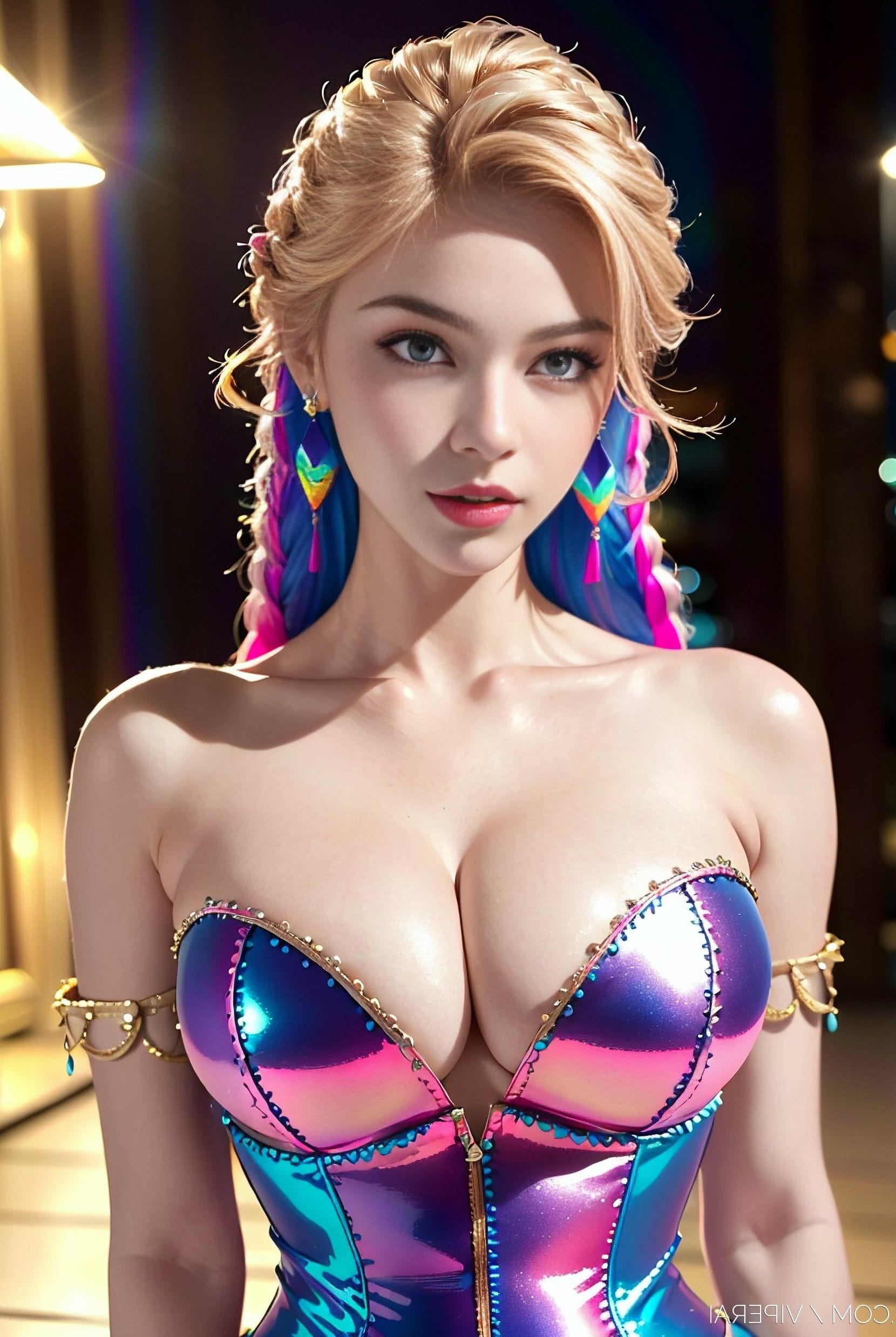

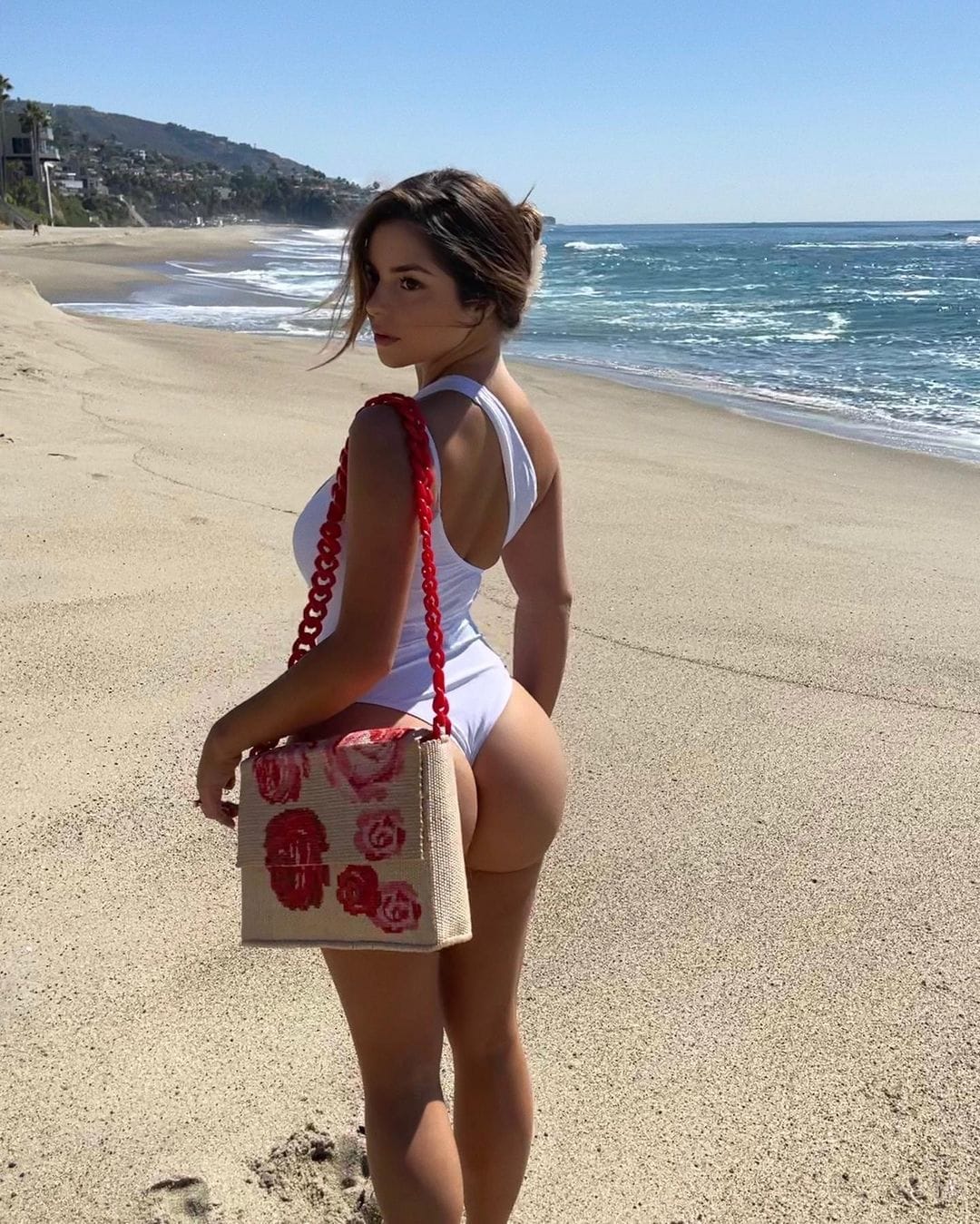
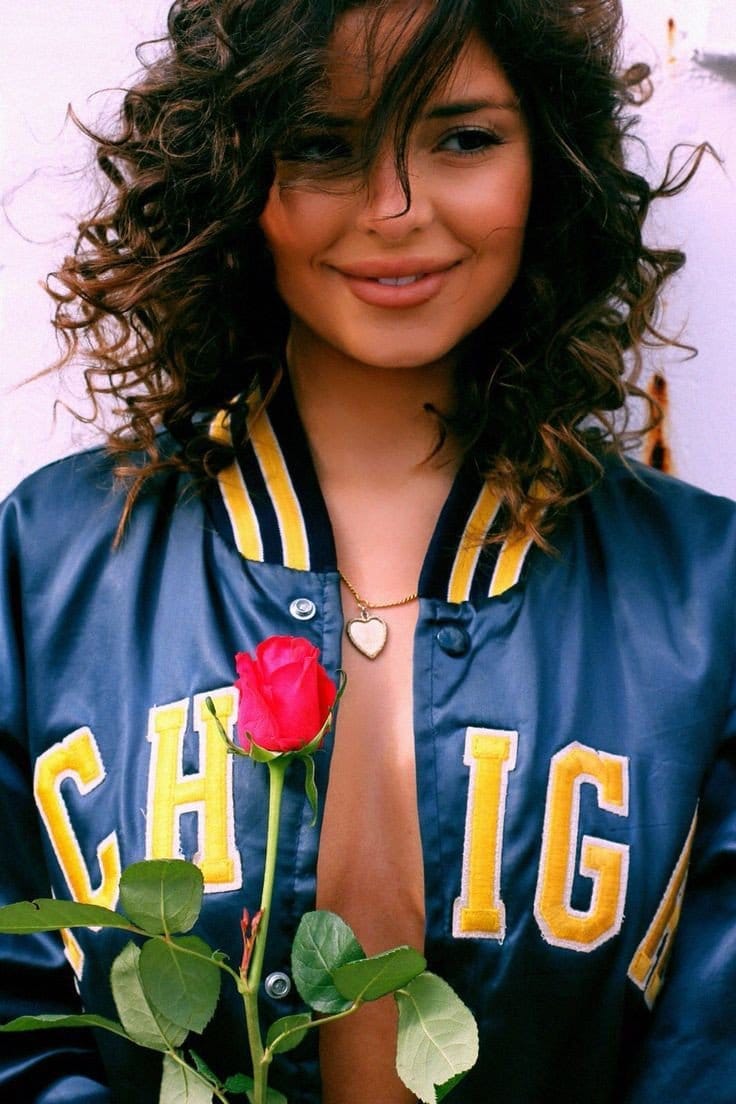
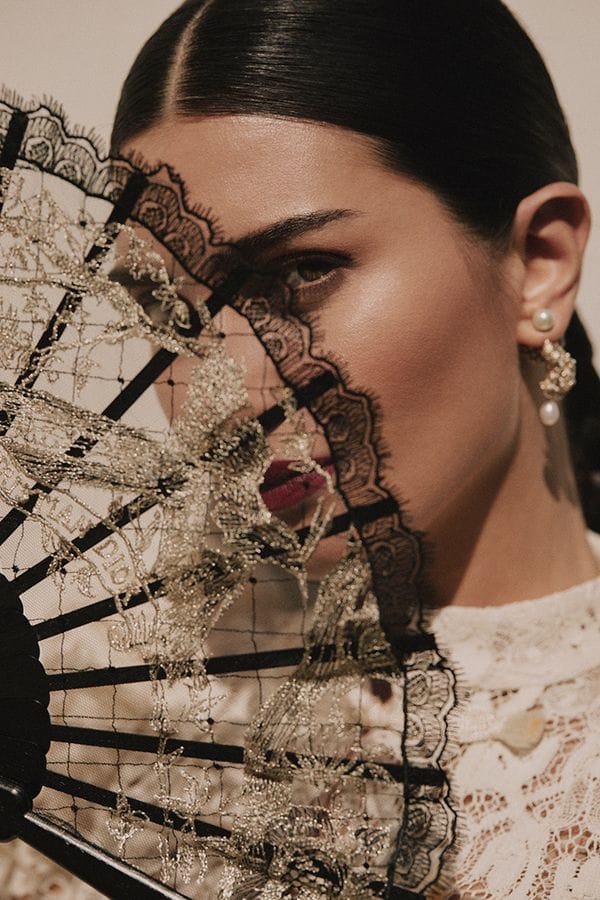
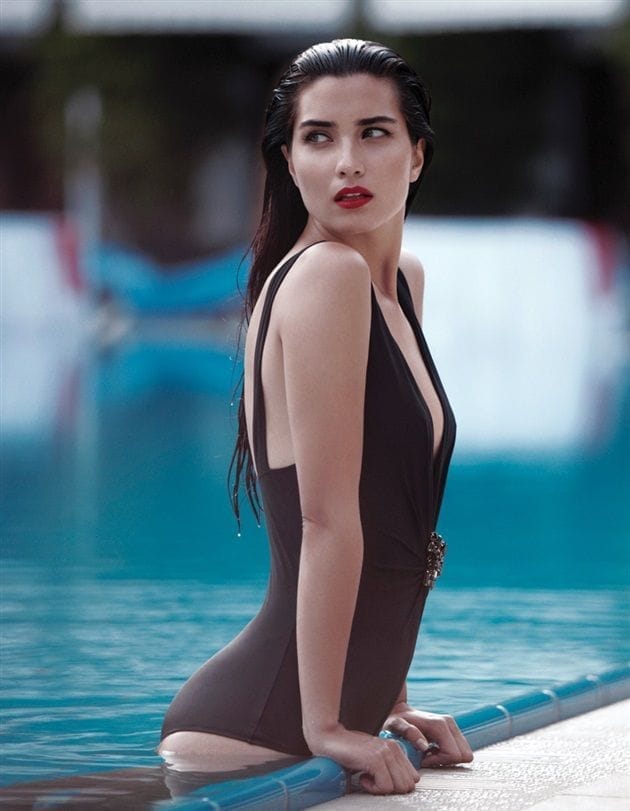
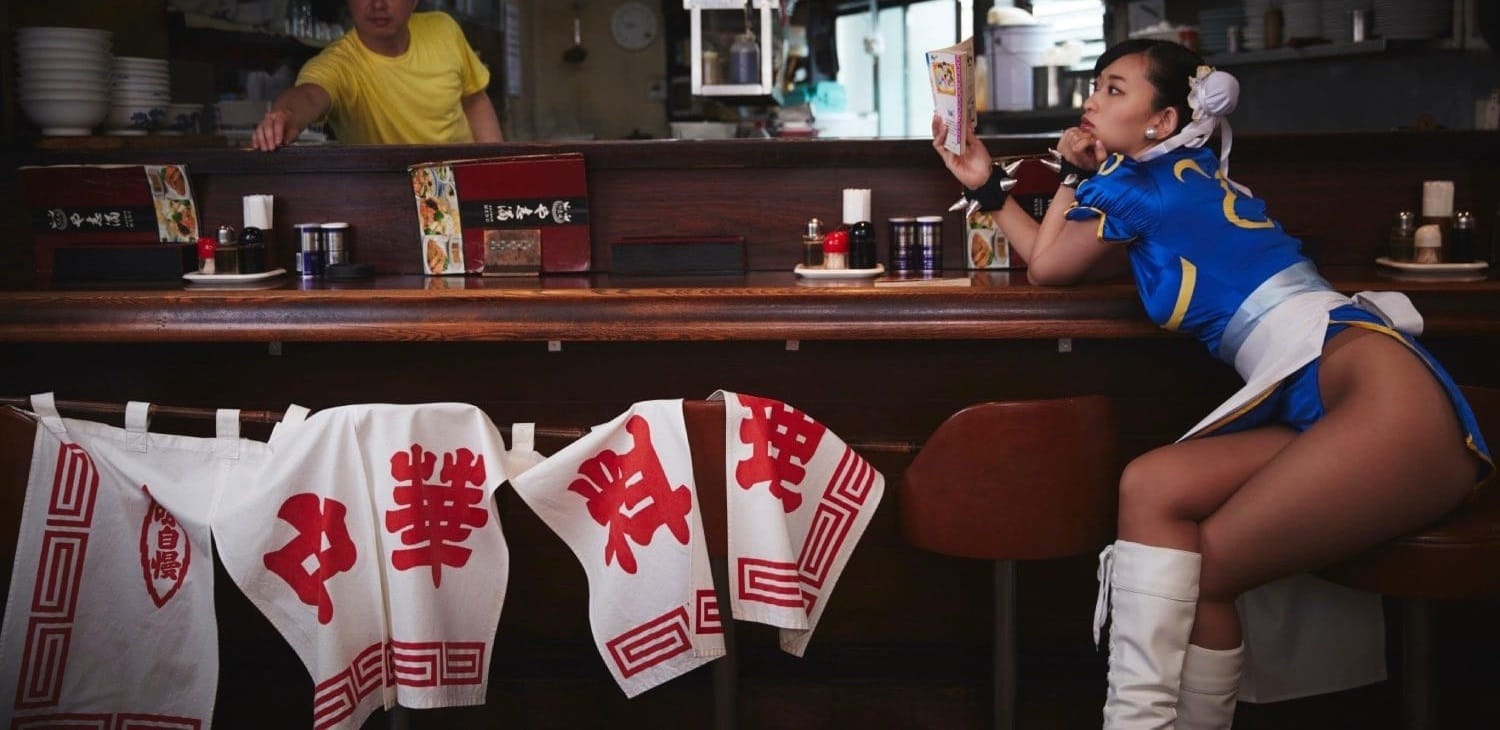
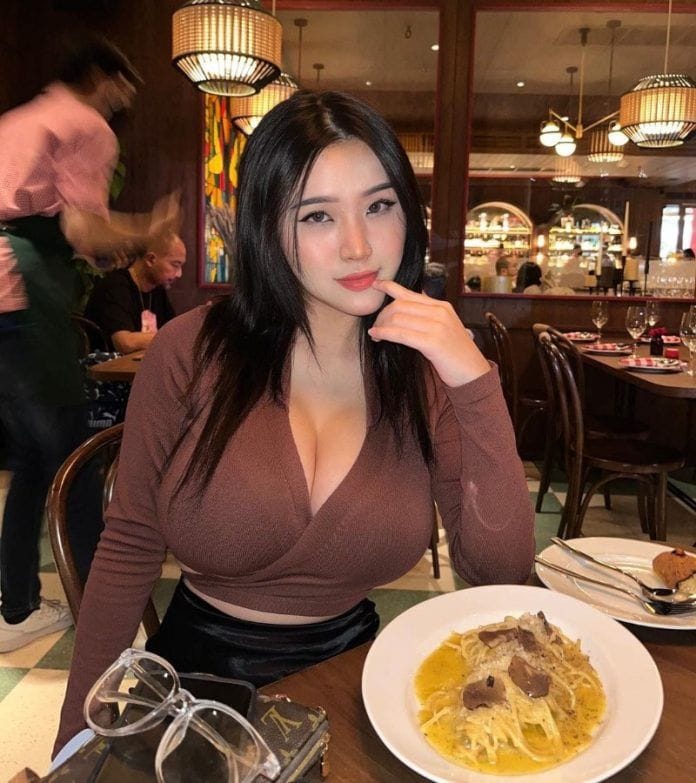
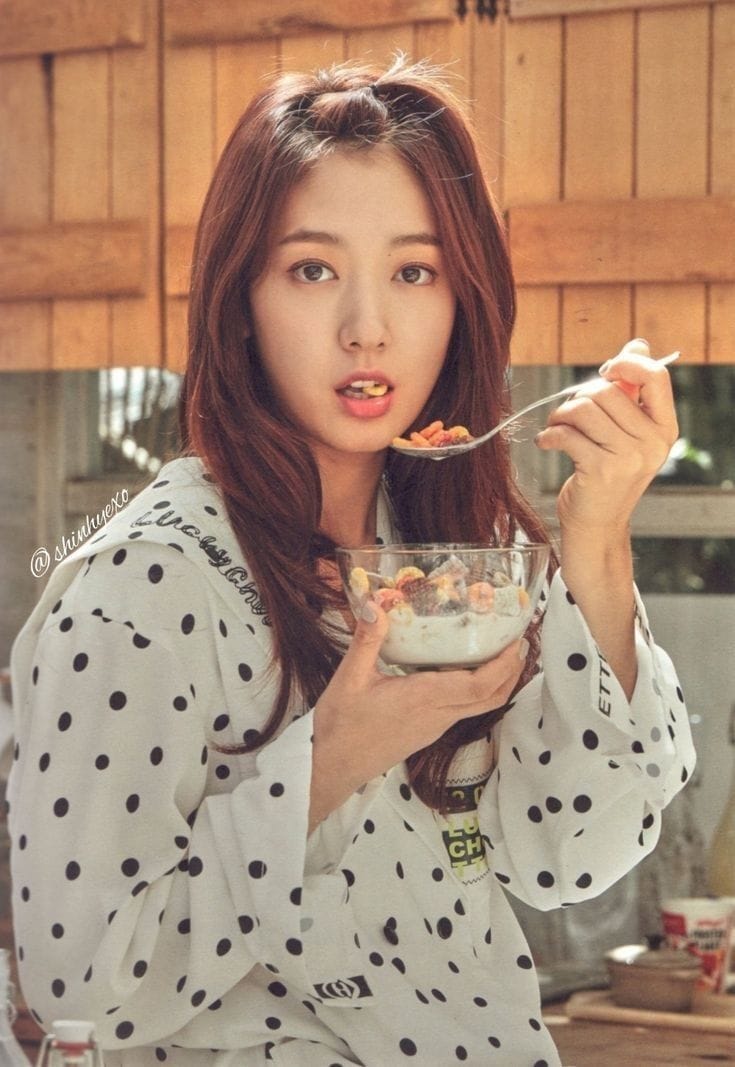

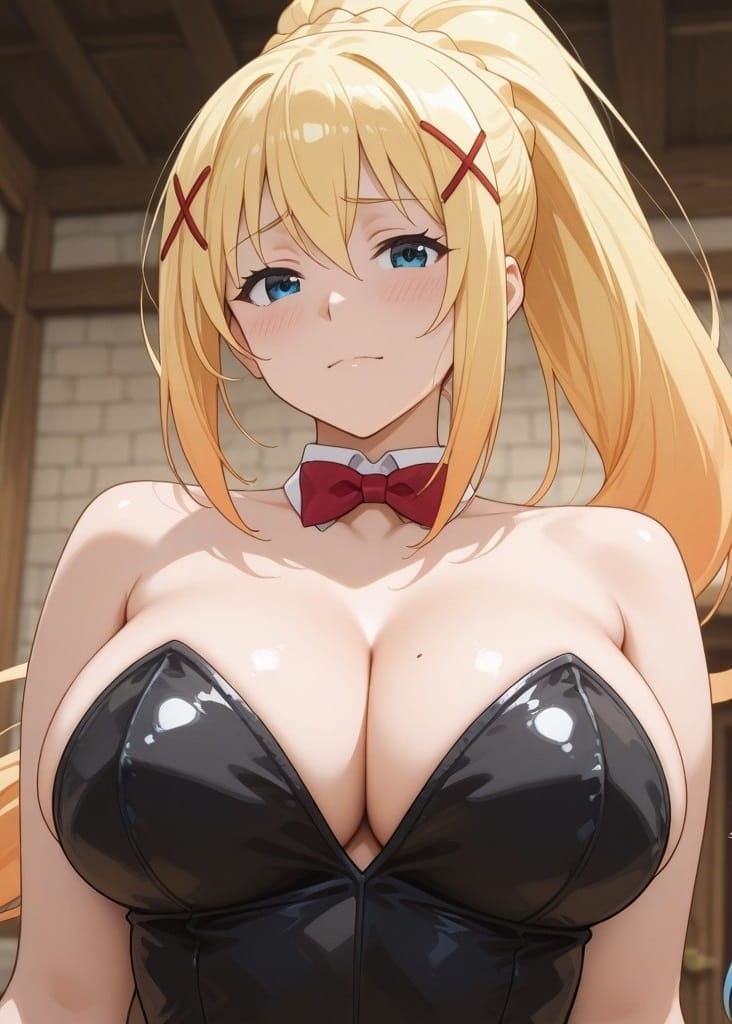
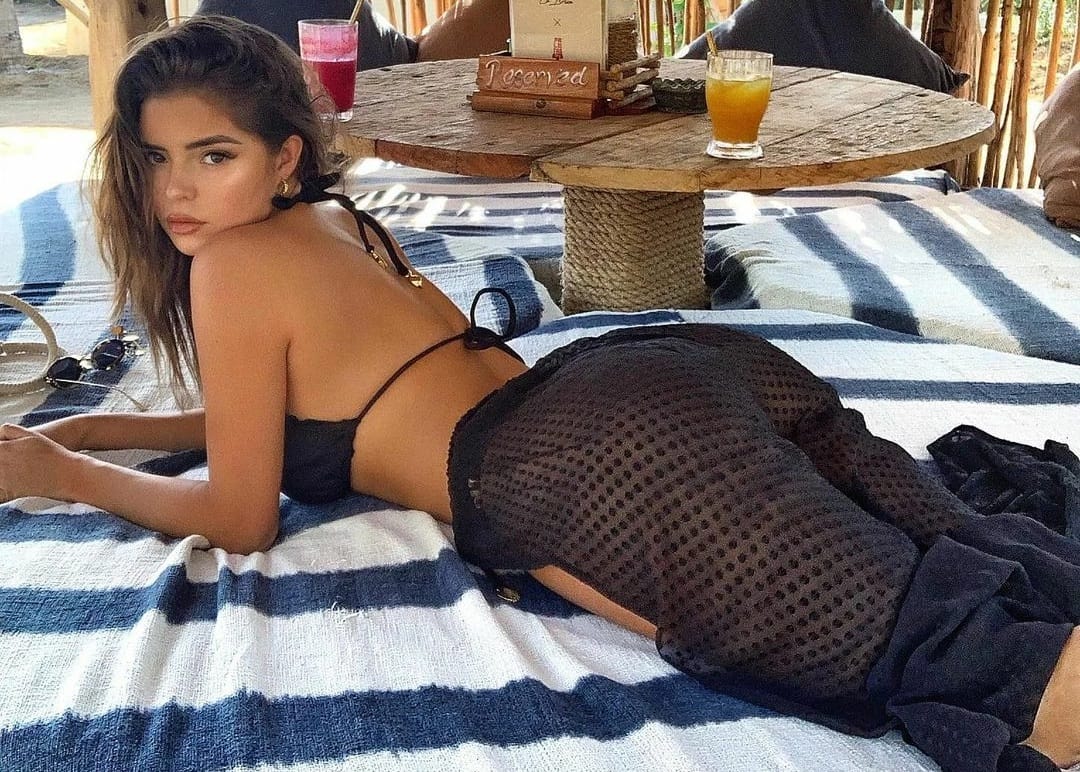

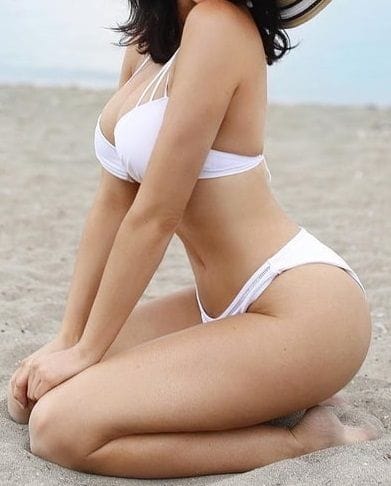
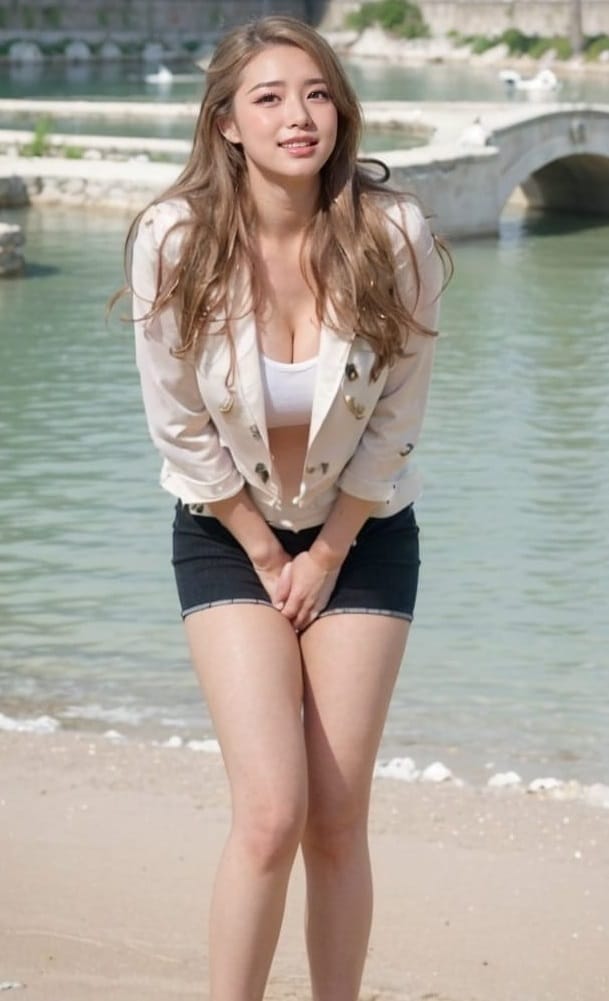
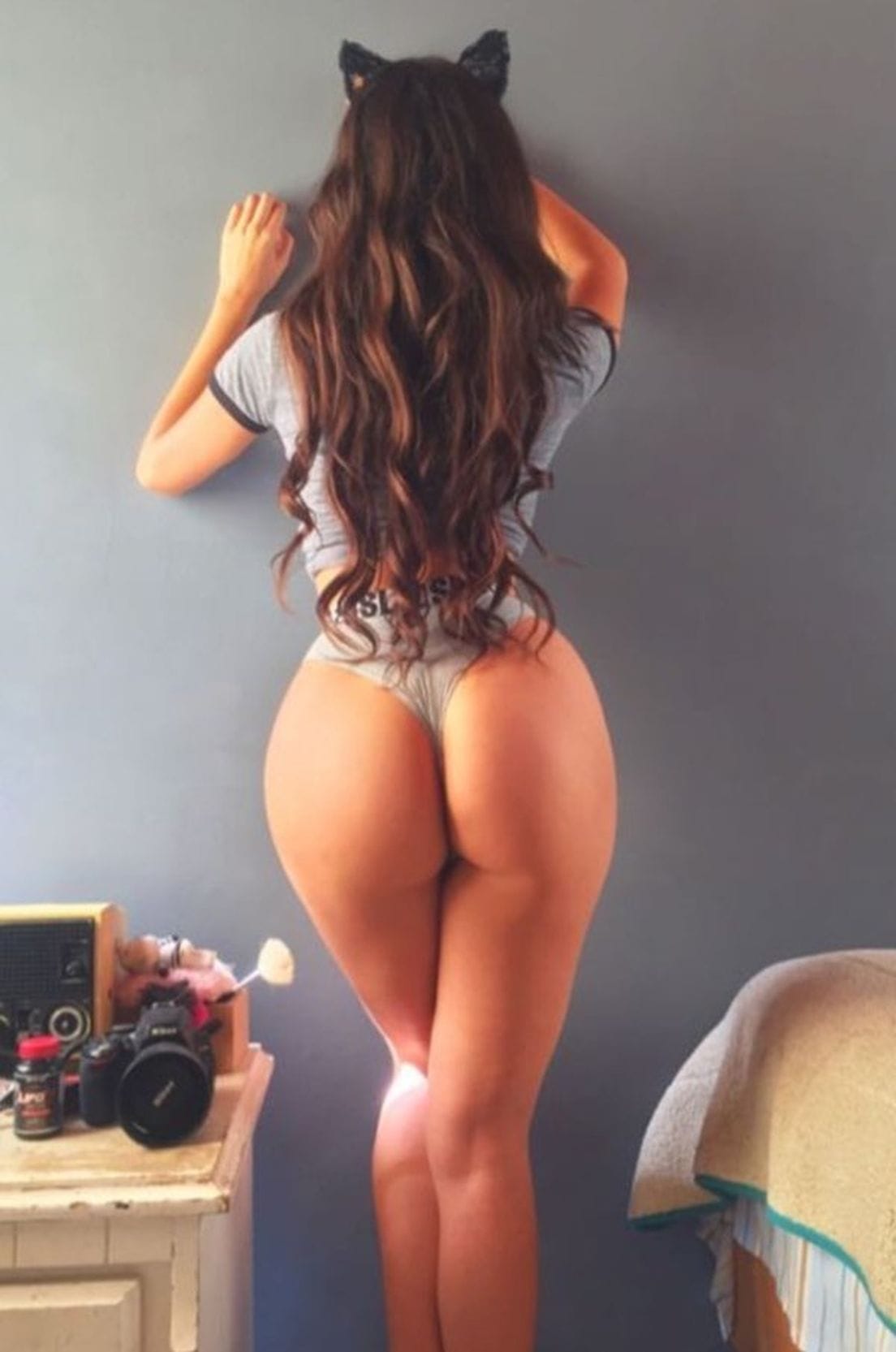
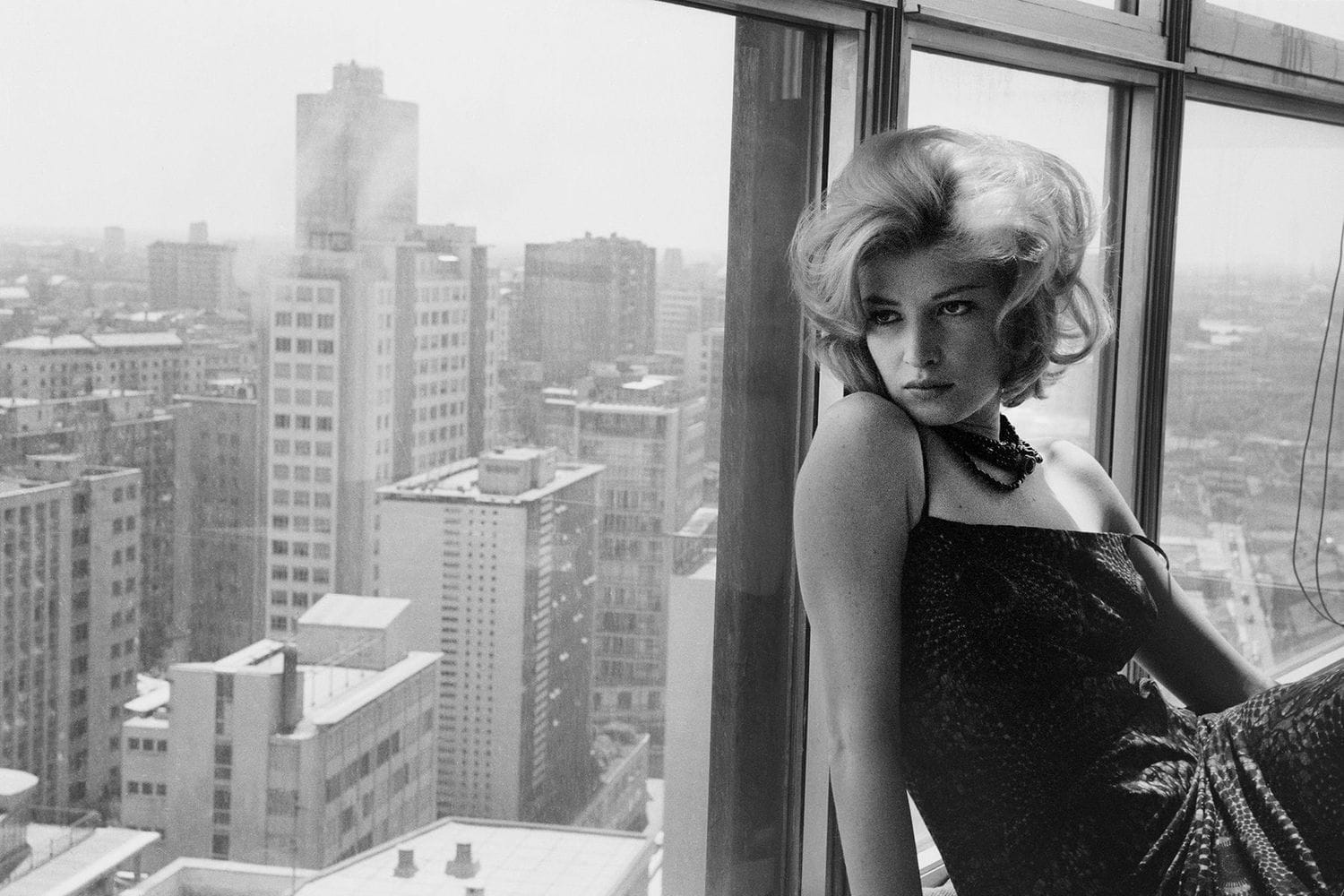

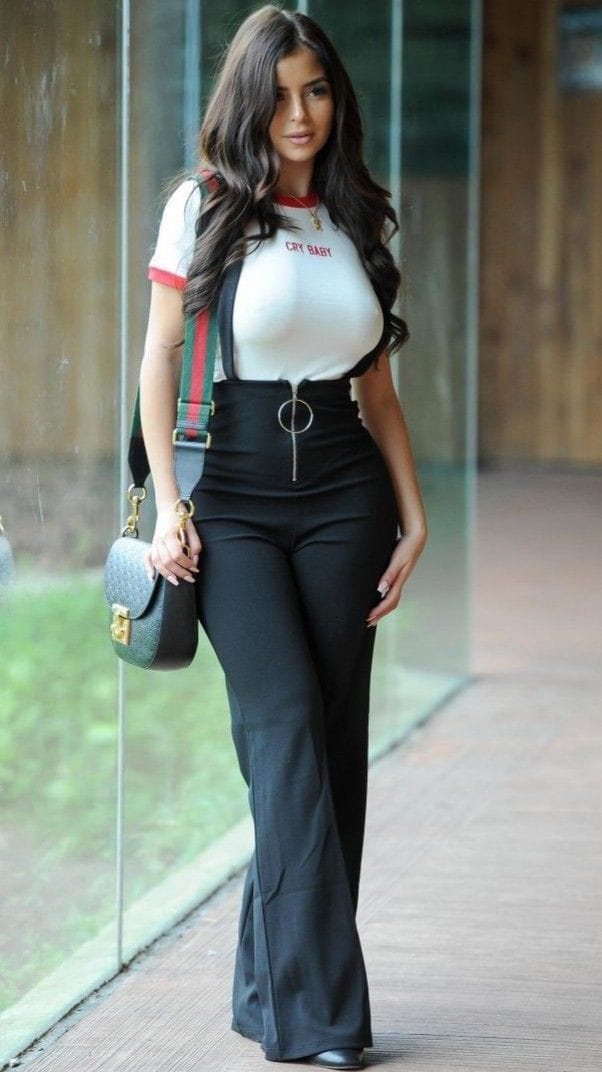
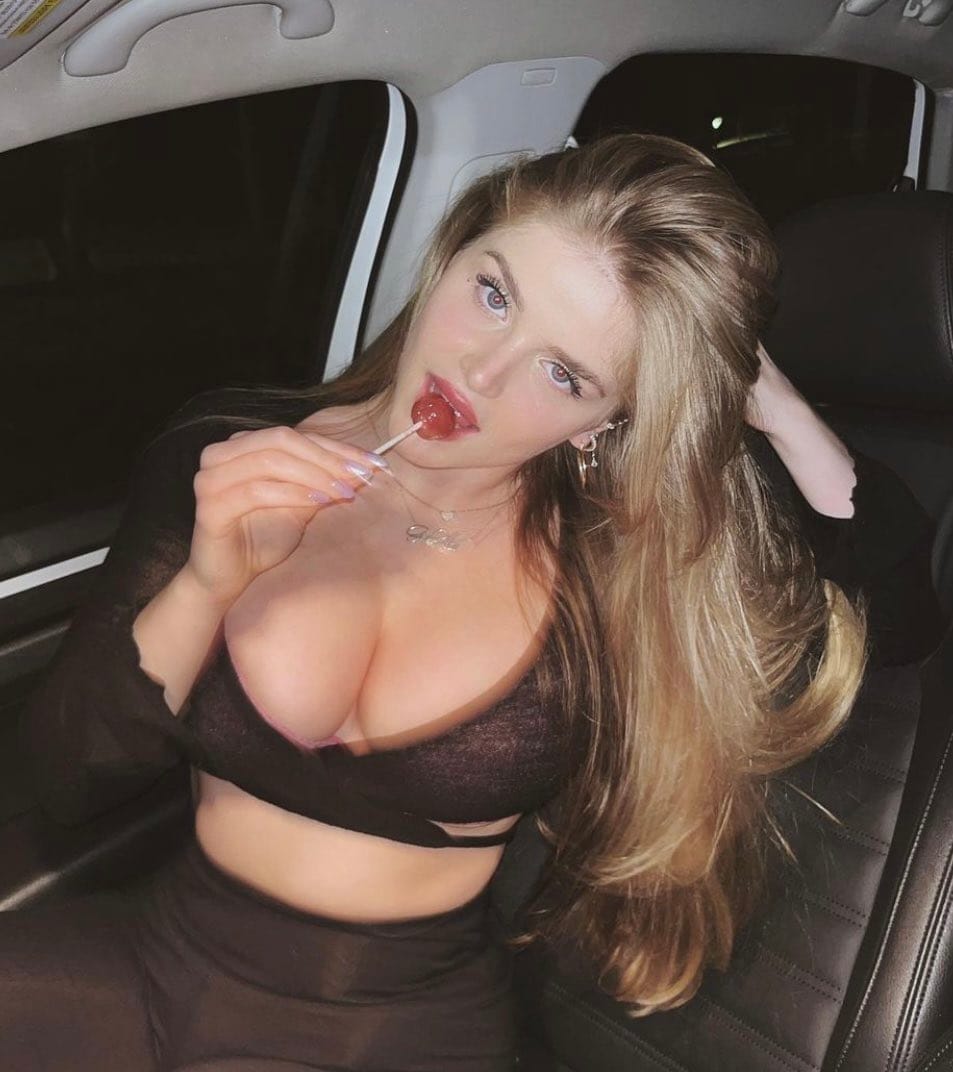
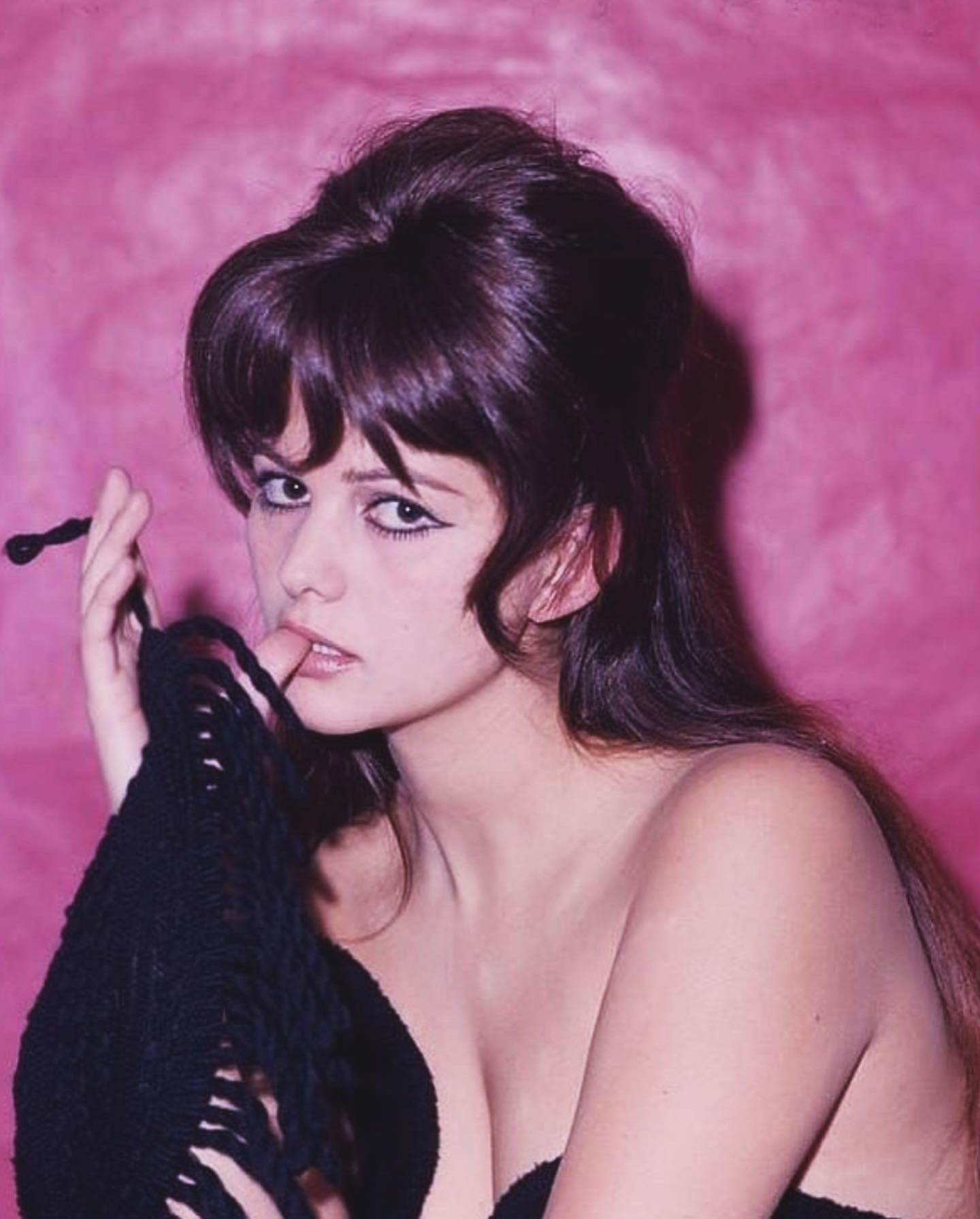
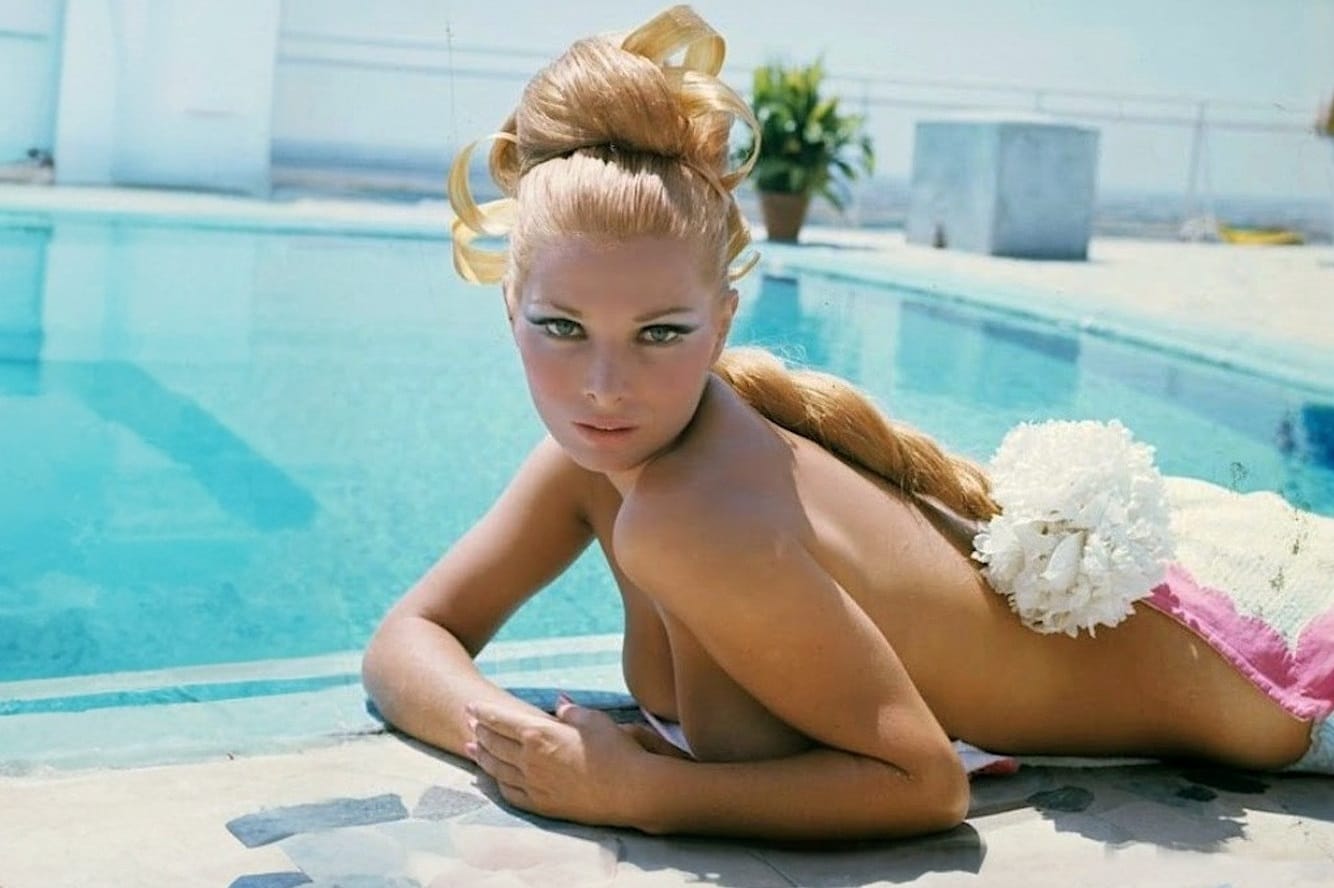
Two bonus unclothed images and a few AI girls that just missed the cut.
Return to Dispelling Beauty Lies.
Notes on the genesis of Dispelling Beauty Lies.
I spent five years writing, researching, and promoting Dispelling Beauty Lies. In retrospect this seems stupid, and also insane. How did such a thing happen?
To tell the tale I have to take a few steps back.
Once upon a time in a land far, far, away, I deeply immersed myself in the study of philosophy and classical-music composition, living what amounted to a monastic life. At the end of this period I began the development of a new musical form I called the symphonic novel. This new form combined symphonic development with poetic text that was written rather than sung. Whether it was artistically successful or not is beside the point in the present tale. It turned out to be impossibly untimely. No one was interested, and years of work came to nothing. My failure to reach the public forced me to reevaluate and determine where and how I'd made such a big error.
During my monastic period I'd separated myself from the development of society. This period of separation, though not really so long in the scheme of things, happened to overlap exactly with the rise of social media as the dominant cultural force. Social media changed how people thought, how they interacted, and what forms of art and entertainment they consumed. These changes worked to the detriment of long-form works that required intelligence and concentration, and to the detriment of artists who worked slowly, released infrequently, and maintained a low profile; music in particular was at a disadvantage compared to past years. Everything had come to revolve around “influencers,” and the behaviors that accrued followers for these influencers were at the opposite pole of merit, their ideas shallow and petty as a rule.
The timing of my retreat from society had left me completely unequipped to understand and navigate this brave new world. And by consequence I had produced artworks that couldn't possibly succeed in it even if my execution were flawless.
I realized that if I wanted to create artworks that could find an audience I needed to start over and somehow position myself within this new world. Yet that turned out to be easier said than done. My manner of thinking was all wrong. The ideas I was interested in were not the ideas others were interested in. Digital society now revolved around one-liners restricted almost solely to politics and sex. For the younger generation, even its brightest members, this was the water they had grown up swimming in; to me it was impossible to take more than a few strokes in it without gagging. My discomfort was especially problematic when it came to correcting the second error I'd made. I'd realized that all artworks had to be tied to a marketing scheme, and more specifically to a marketing scheme that would make waves in that foul water, without which they would never be heard by a meaningful number of people.
These statements may strike you as too absolute, but there isn't space in this little tale to justify them in full. To be clear, some writers have been able to skirt these requirements by leveraging the established distribution networks of big publishers or academia. My views being far out of step with those current at these big publishers and academia, I saw no possibility of success by such routes; and even the largest corporations had become more and more reliant on social media to market anything but the most generic politically approved mass-market rubbish.
With these reflections in mind I could now state my task clearly. To reach the public I needed to create artworks that were tied in to the narrow range of topics people cared about today, did not require a high attention span from the get-go, and could be effectively marketed in the sewer-like social-media environment. As I've just mentioned, the only topics that have sufficient resonance in the current environment are politics and sex—topics that had never featured in the slightest degree in any of my previous creations, but which had now become obligatory if I were to find an audience. To thread this exceptionally narrow needle, I would obviously have to change my artistic direction entirely.
The solution I came up with after a period of experimentation was as follows. I would write a novel that incorporated a series of nonspecific political allusions creating a vague impression of contemporary relevance, which could also be tied in to brief social-media-friendly comments addressing the sexually relevant topic of feminine beauty. I deemed this the least nauseating way of checking all the obligatory boxes imposed on me by the manifest stupidity of contemporary society.
That new work, which was written simultaneously with the early drafts of Dispelling Beauty Lies, became my Memoirs of an Evil Vizier. It centers on a main character who shares certain superficialities with the author, but is in very important aspects completely opposite. This character would do double-service as a loud social-media persona capable of popular reach entirely beyond my habitually quieter style, and indeed alien to my own personality.
The whole machine fit together in an admirably clever way. The monastic years I'd spent analyzing art had left me, quite by accident, with an unparalleled skill for analyzing feminine beauty. Even when my commentary held close to familiar claims that had been made often and for decades, for instance, regarding the excesses of the fashion industry, I was able to give these claims a more incisive, absolute, and irrefutable form. And initial reception was very promising. The machine I'd created appeared to work, and the future finally looked bright.
Yet the upturning I'd seen at the corners of fate's mouth had not been, as I'd hoped, the beginnings of a smile, but merely preparation for a particularly amused frown. The rise of this new social-media persona who intermingled reflections on feminine beauty with Orientalist prose-poems from my novel was quickly interrupted by an unanticipated peak in politically motivated censoriousness. Suddenly anyone with views deemed unacceptable by our overlords was being shut down and shut out left and right, using methods that ranged from subtle and almost invisible to obvious and hamfisted. These overlords disliked truth in general, and the truth about beauty was something they found particularly offensive; moreover, they now politicized matters that had never been viewed as political in the past. The clever pathway to the public mind into which I'd put such careful planning was being closed off for a reason I'd completely failed to anticipate.
It might have been possible to circumvent this censoriousness if there had been a huge wave of public support behind me. But instead support was tepid. True, many people who encountered my writing on feminine beauty agreed with me quietly. They were willing to follow and willing to press “like,” and that led to rapid growth in my visibility before censors had their way. Yet opprobrium from the masses of angry uglies was so intense, and the social disadvantages of frankness so apparent, that hardly any of these tepid supporters were willing to stand up for my message, let alone amplify it. In effect, the entire world was expecting me, personally, to run point for the truth about feminine beauty until a critical mass of agreement was reached, a process that would have taken many years even if it had gone smoothly. And that made censors' social-engineering goal easy to accomplish. They could quash an entire nascent movement simply by rendering a single obscure artist invisible. And that single obscure artist happened, of course, to be me.
From my perspective it was another blow in an astonishing run of bad luck. I had discovered a way to thread an impossibly narrow needle, giving the public a package that was true, good, and artistic all at the same time. And then a passing meteor had set the thread afire. Even if I unspooled a fresh thread, the all-important momentum was gone, and it would not return.
Unsure what to do and disinclined to give up, I plodded on. But my respect for the public, never very high to start, declined further. I began to feel that the overlords shaping social media algorithms had been thereby shaping the public itself—shaping them into something both petty and evil. In practice social networks promoted hatefulness, divisiveness, and partisanship, and influencers who fed these demons intentionally or through the instinct of their own corrupt nature rose to greater and greater prominence, gathering more and more angry sheep behind them. For the public it was no longer enough to ironically mime the outlines of evil, as I had done with my characters: they only wanted the real thing. Of course, one can argue that this was always the case in human society. But degrees matter, and the degree had changed.
I persisted senselessly, even after all hope of breaking out had been closed off. While I had initially hit on the topic of feminine beauty because it was the only small point of agreement between my skills and public interest, I'd unexpectedly come to believe my work in this domain was important and valuable. Perhaps I fooled myself into thinking this to ease my labors, but when I try to examine the logic of it, it still strikes me as sound.
Past research and commentary on feminine beauty had been of very poor quality, and the best minds had avoided honestly addressing the topic in the same way most people avoid unpaid sewer-cleaning jobs. It was a dirty, thankless task, and worse still, doing it well could only seal your status as an untouchable. The truth about feminine beauty was psychologically uncomfortable, and nobody wanted it.
Yet despite everything I've just said, the truth about feminine beauty was the lowest hanging fruit for increasing the happiness of our society. Errors about beauty and sexuality that had been allowed to persist for generations were making everyone uglier and less charming than they very easily could be. Relationships were less enjoyable than they should be, and the advantage the sex industry gained from filling the gaps produced by popular misconceptions was greater than it should be. Furthermore, the digitally-mediated socialization of our era had made all of these misconceptions worse and more damaging to human happiness than they had ever been before. The disincentive to solve a fairly straightforward problem had trapped us at a truly pitiful local maximum.
I'd begun to work on feminine beauty almost accidentally, heedless of my increasingly untouchable status; but now I was halfway done and already well covered in muck. I considered quitting many times. Yet the combination of stubbornness, a compulsion to do exceptional work, and indifference to incentives kept drawing me back to the feeling that I ought to persevere and finish a job I'd've been better off having never started in the first place, and which, if I'd known then what I knew now, I certainly would not have started. It was, moreover, simply difficult for me to believe the public could go on ignoring the novel and valuable research I'd done in a universally relevant domain forever. (Narrator: it could.)
Thus, I persisted in a dogged and obsessive way for several years more until I'd wrung every drop from my analysis of feminine beauty, despite what was now turning out to be unrelenting obscurity that completely foiled my initial purpose and made it wholly useless to me on a personal or artistic level. Besides which, new readers for my novel decreased rather than increased over time, as the social-media addicted public became more and more illiterate and indeed incapable of paying attention to long sentences even when they were spiked with continual titillation.
For my own part, I gradually became accustomed to a daily diet of insults that impugned me simply for finding ways to prove truths about beauty that should have already been obvious to anyone with objectivity and genuine (not fake) decency. Bizarre rumors about my very uninteresting and undistinguished identity that had nothing to do with reality sprang up, people willfully confused me with my characters despite the latter being explicitly labeled as "evil," and every variety of logical fallacy was called upon to defame me and dismiss my writing. I was slandered as a grifter for a project that brought no profits, with donations from my kindest supporters having only covered server fees. It was all so, so tiresome. And, eventually, it was done.
While my concluding effort to change public opinion is still forthcoming in the form of a podcast that will review and summarize the fruits of my labors, my wish for the future is to forget and move on from a project that cost years of my life and brought me more punishment than benefit. It's long past time for me to descend from the world's silliest cross and make music again. And this time around I've accepted the ruling of fate and given up on any marketing scheme; and my opinion of the public mind having settled at a very low point with an expectation of further declines, I plan to do my best to enjoy a new period of monastic deprivation by simply writing what I think it best to write for an audience that can be easily enumerated on a centipede's toes.
And that, dear readers, is the true story of how Dispelling Beauty Lies came to be. It's yours now; please enjoy.
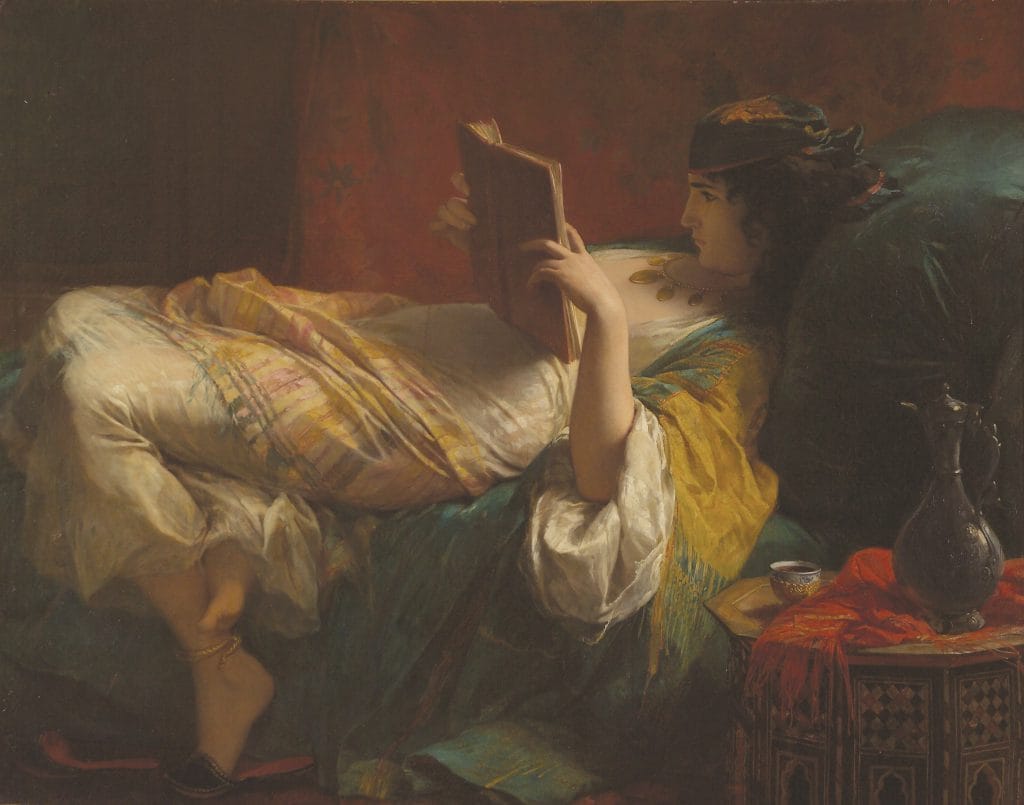
Also by J. Sanilac
Trust Networks – how we actually know things
Ultrahumanism – a middle path through the jungle of modern and future technology
Dispelling Beauty Lies – the truth about feminine beauty, including practical advice for women
101 Ways To Be Prettier, Sexier, and More Seductive - simple tips for fast results
Critique of the Mind-Body Problem – it's not solvable
A Pragmatical Analysis of Religious Beliefs – are pragmatism and belief opposites?
Against Good Taste – aesthetics and harmful social signaling
GIMBY – a movement for low-density housing
The Illusion of Dominance – why the redpill is wrong
End Attached Garages Now – a manifesto
The Computer-Simulation Theory Is Silly – GPWoo
Thirty Favorite Images from Dispelling Beauty Lies - the author's personal selection
Milgram Questions – what they are and how to call them out
Amor Fatty – how an obesity cure will end the body positivity movement
How to Seduce a Billionaire – 100% guaranteed* method
Ailom – how AI permanently makes everything less meaningful
